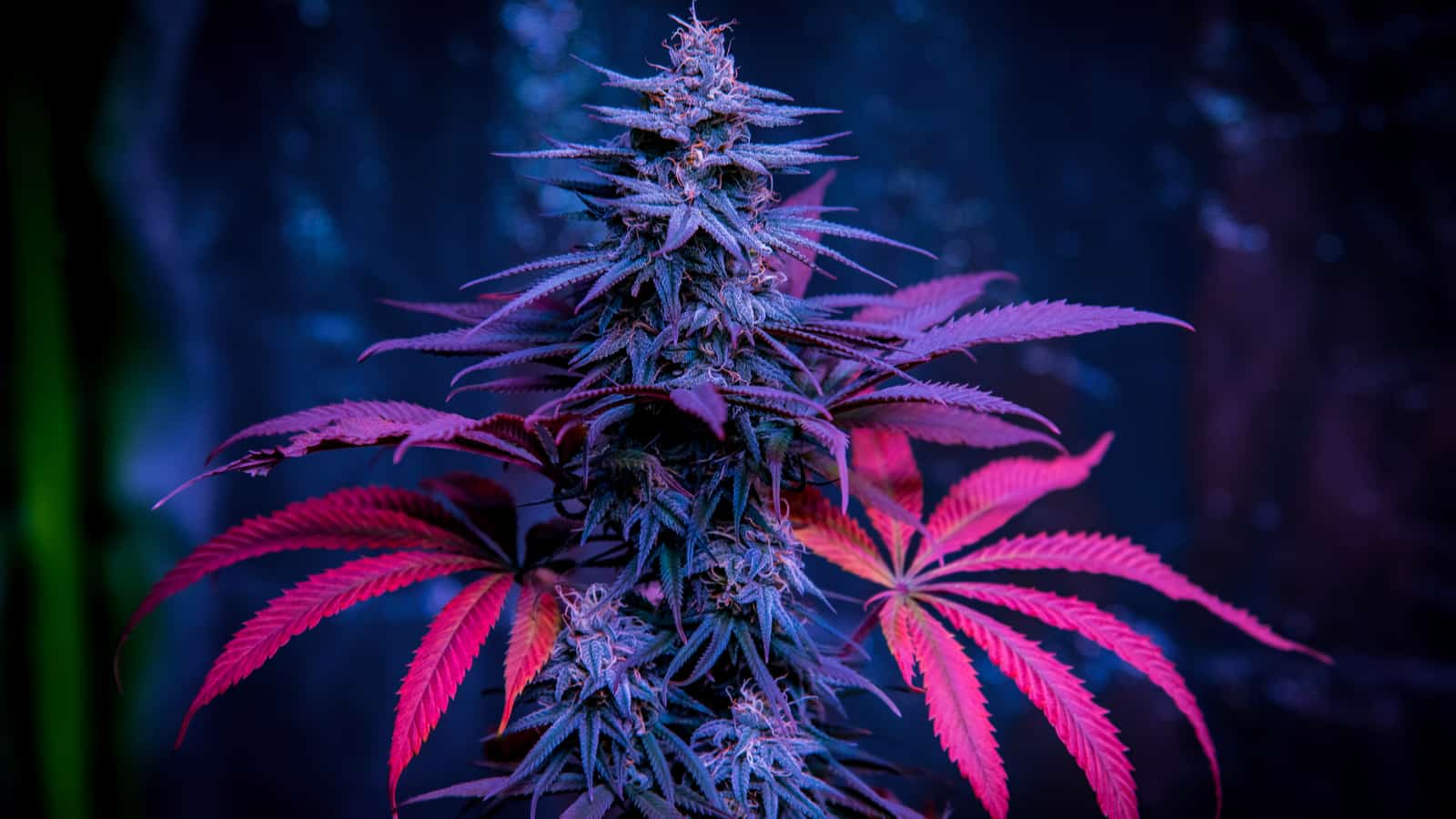Just when Delta-8 THC was having its moment as the latest THC cannabinoid, a new sibling joins the family. Delta-10 THC is one of the hundreds in the cannabinoid clan, coming into the mix with striking similarities to Delta-8 and Delta-9. However, its discovery was a mere accident. Let’s take a look at Delta-10 THC properties and explore its exciting origin story.
What Is Delta-10 THC?
The latest name in the cannabis game is Delta-10 THC, and she’s gaining a lot of hype. One of the hundreds, this cannabinoid is found primarily in hemp but is also present in marijuana. Unlike Delta-8 and Delta-9, Delta-10 is found in incredibly small amounts, almost undetectable by laboratories. In fact, several laboratories mistook Delta-10 for CBC or CBL using High-Performance Liquid Chromatography (HPLC) testing.
While the research is limited, we can safely assume that Delta-10 THC interacts with the endocannabinoid system (ECS) like all cannabinoids do by binding to the CB1 and CB2 receptors. Both Delta-9 and Delta-8 tend to lock into the CB1 receptor, which focuses on the brain and nervous system. It might take a larger amount of Delta-10 to mimic the effects of the more potent Deltas. But, it’s likely that it also may prefer the CB1 receptor.
Benefits
If Delta-8 behaves like an Indica, Delta-10 would be the Sativa. It produces a more cerebral head high, but with less intense psychoactive effects. It’s described as gentle and even uplifting, meaning it would be a good option for anyone looking to calm feelings of stress or anxiety, or even as a viable daytime option.
Since many people find the effects of Delta-9 to be too intense for daytime social use, Delta-10 could join Delta-8 as a milder alternative. One can expect to feel relaxed, happy, joyful, inspired, creative, or calm with Delta-10 THC.
Side Effects
Without more research, the full range of side effects is inconclusive. However, cannabis consumers are advised to follow the same guidelines as they would when consuming any cannabis products. Start out with a small amount and increase dosage gradually only once you’ve realized how a particular product or dose will affect you.
Additionally, since most standardized drug tests are simply looking for THC metabolites, Delta-10 will appear in urinalysis and cause you to fail a THC test. If you have an upcoming drug test, it’s best to play it safe and avoid all cannabis products.
How to Use
There are plenty of companies looking to capitalize on Delta-10 products for the cannabis market. Due to the nature of its scarce availability, Delta-10 is not yet readily available to a wide audience. That said if you come across Delta-10 products be sure to look for a Certificate of Analysis (COA) to ensure that the product has been thoroughly tested for purity. Common ways to find Delta-10 products are
A COA should contain levels of cannabinoids by percentage. As interest grows and science catches up with demand, Delta-10 products will likely be available in vape pens, edibles, beverages, tinctures, and other formats.
The Origin of Delta-10 THC
As with many of the world’s discoveries, Delta-10 was discovered by accident. When California wildfires destroyed the crop at Fusion Farms, they reached out to other local growers to buy cannabis to keep their business afloat. But because the wildfires were rampant, the flame retardant used by aerial firefighters was dispersed into the winds and nestled onto neighboring properties. One such property just so happened to be growing the weed that Fusion Farms would end up purchasing.
After processing the biomass, the resulting distillate was covered in crystalline formations. This was an unusual end product. So, the team had their lab run HPLC testing to see what their analysis would turn up. After crystallizing and purifying the distilled oil, they thought that what they had discovered was cannabichromene (CBC), a minor cannabinoid. But upon further inspection, they recognized that the molecular structure was not the same as other noted isolates of CBC.
Further Analysis
After months of testing, they failed to conclusively determine what they were looking at until they tested some of the isolated crystals using a Nuclear Magnetic Resonance (NMR) analysis. Finally, the spectral data gave them the answer they were looking for: Delta-10 THC.
Now that they knew what it was, they wanted to learn more about how to obtain this THC counterpart. Since it is available in such scarce quantities, the goal is to figure out how to extract it in larger amounts for further analysis and bring new products to market. Top-shelf extraction facilities can create Delta-8 THC, Delta-9 THC, and Delta-10 THC from crude CBD oil. And, even possibly with their typical extraction methods such as via closed-loop hydrocarbon extraction.
According to David Reckles, president of Private Label Hemp Lab:
“You can create any Delta you want—Delta-8, Delta-9, or Delta-10—by chemically altering CBD isolate or CBD crude…if you’re using crude CBD, you’ll generally create the reaction through carbon and vitamin C derivatives. If you’re using an isolate, you’ll incorporate solvents and acids.”
David Reckles
The Differences: Delta-10 vs. Delta-8 and Delta-9
When we talk about getting high on weed, we are talking about the psychoactive effects of Delta-9 THC. But as we are learning, there just might be plenty more Delta cannabinoids yet to be discovered. For now, we know about Delta-8, Delta-9, and now Delta-10.
Chemical Composition
As Delta-9 degrades, it becomes Delta-8. Chemically speaking, Delta-8 and Delta-10 are very similar. Delta-9 THC bonds on the ninth carbon chain on its molecule. Whereas Delta-8 and Delta-10 bond on their eighth and tenth carbon chains, respectively. This isn’t a hugely significant difference, but enough to slightly alter the effects which will be noticeable by a regular cannabis user.
Effects
Delta-9 is the psychoactive cannabinoid that results in the feeling of being “stoned” or “getting high.” However, if Delta-8 is like “weed light,” then Delta-10 is even less likely to produce the sometimes unwanted effects of THC, such as anxiety or paranoia.
Legality
Any cannabinoid originating in a hemp plant is legal so long as the resulting product does not contain more than 0.3% Delta-9 THC by volume. If Delta-8, Delta-9, or Delta-10 is derived from marijuana, it can only be bought or sold within a dispensary in states with a legal cannabis program.
Final Thoughts
As with any cannabis product, do your due diligence to ensure a safe and compliant product. Much like the original days of CBD products, there is a lot of snake oil on the market that might not just be ineffective but may be harmful. Never buy cannabis products from a company that does not share their COA. Finally, always verify their claims are accurately stated on the lab report.







